Mexico
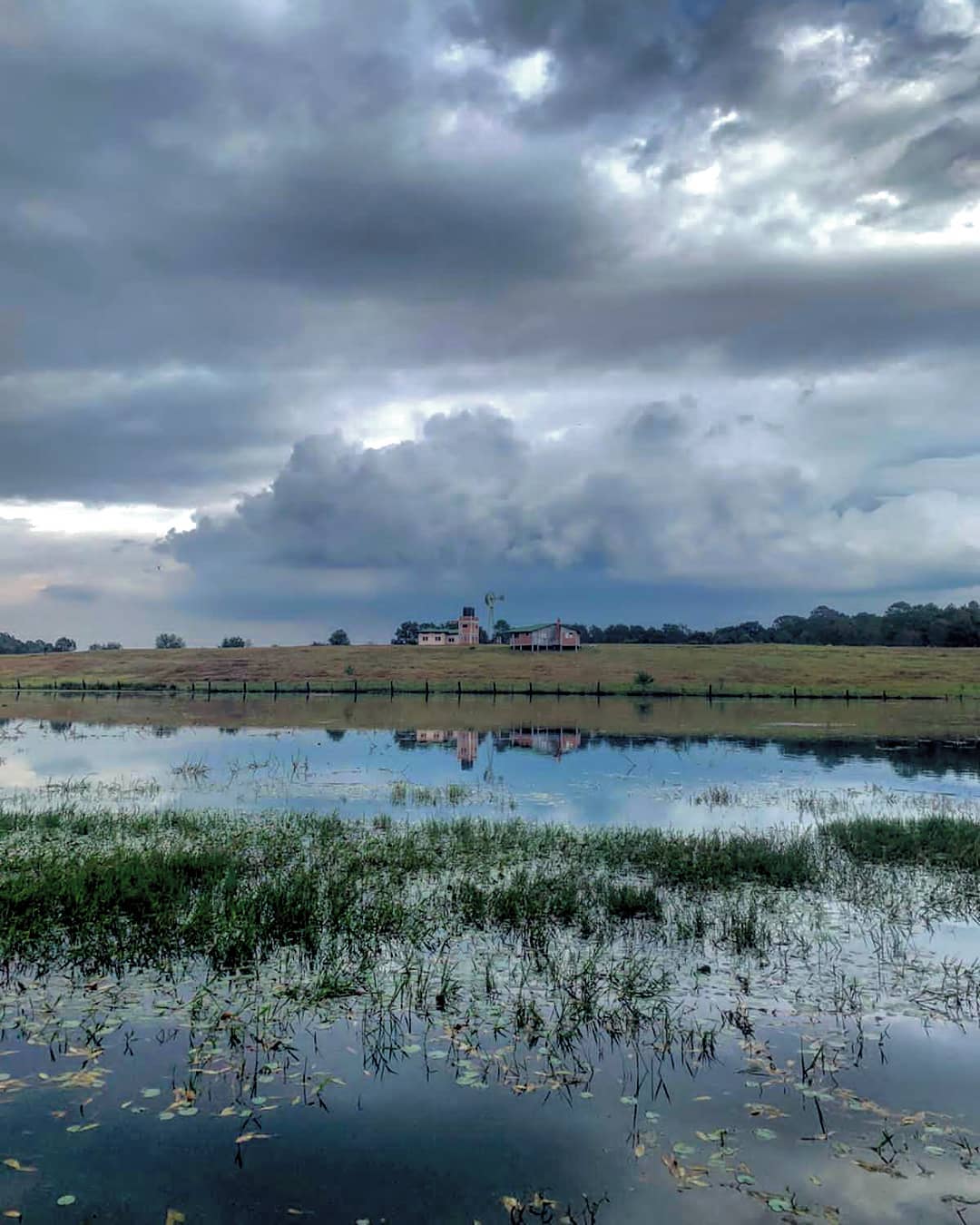
Central America Mexico
Umécuaro Dam and “Place of Snakes”
Acuitzio del Canje The little adventure, but very funny, began in the direction of Acuitzio del Canje, where my friend ...
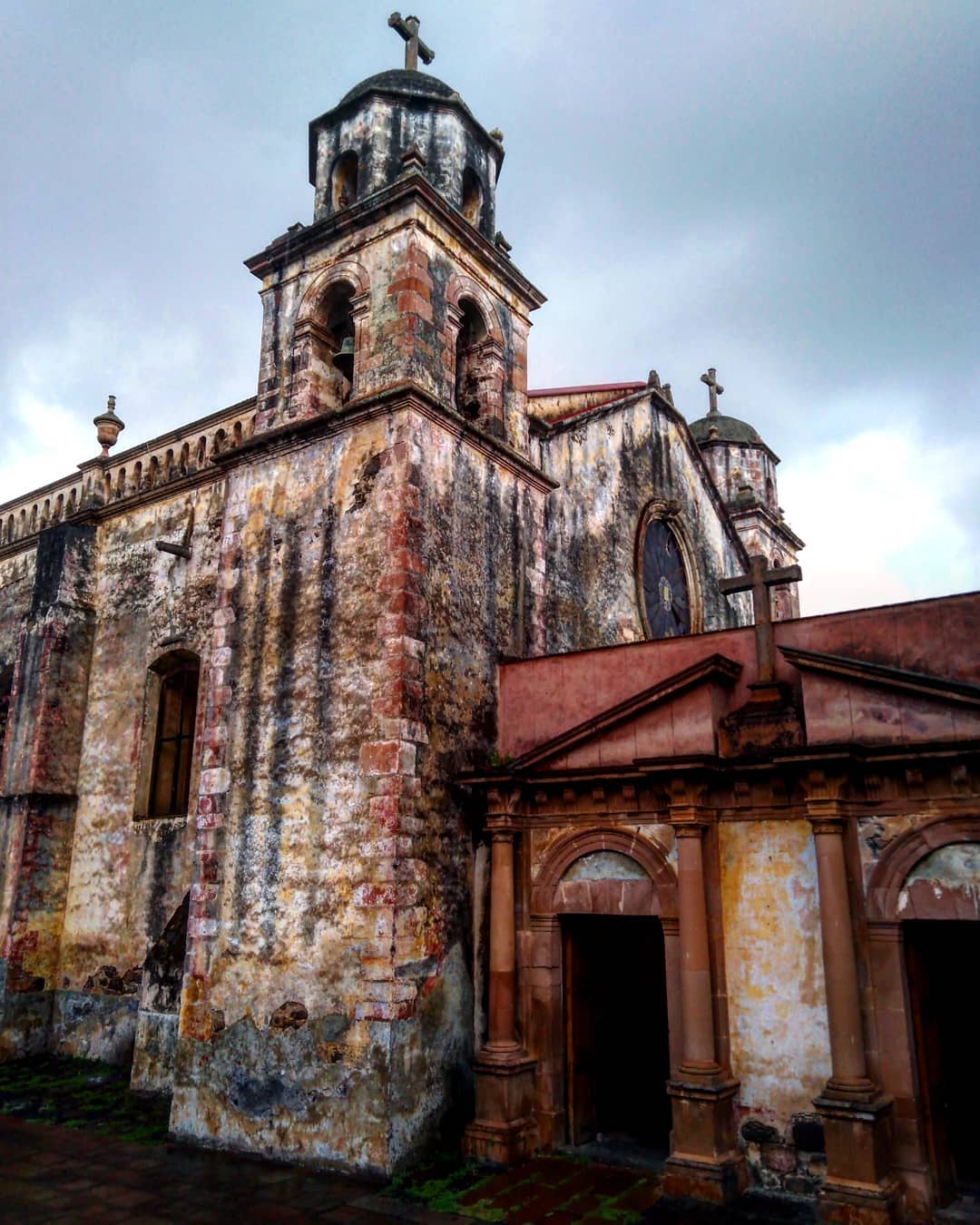
Central America Mexico
P’askwarho
You should visit: Antiguo Colegio de San Nicolás Casa de los Once Patios Plaza Vasco de Quiroga Templo del Sagrario ...
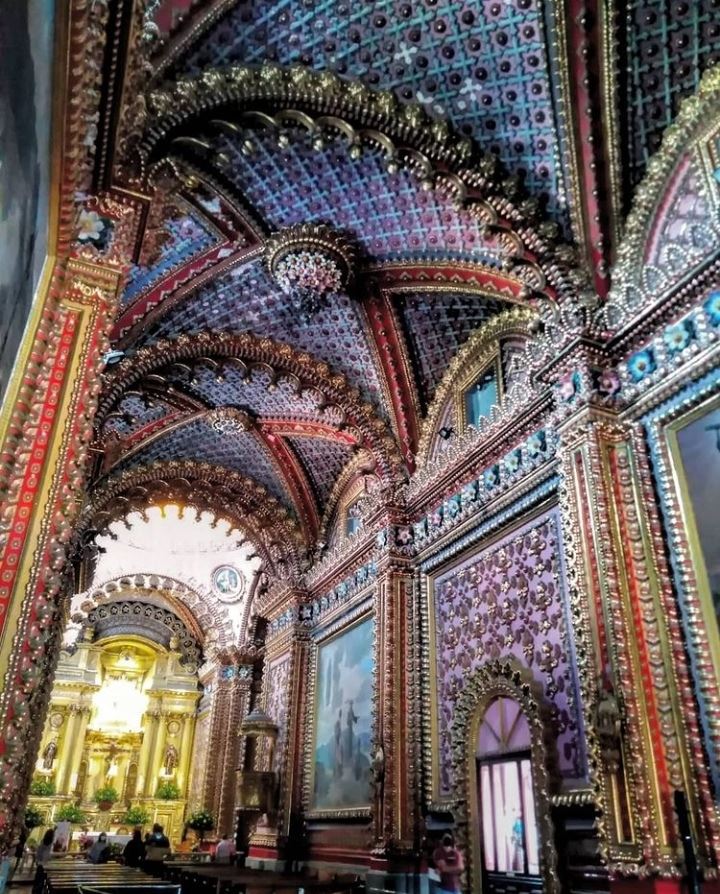
Central America Mexico
Valladolid part II
This post is dedicated to showing some temples, I am a fan of its architecture, churches, and its ancient details; ...
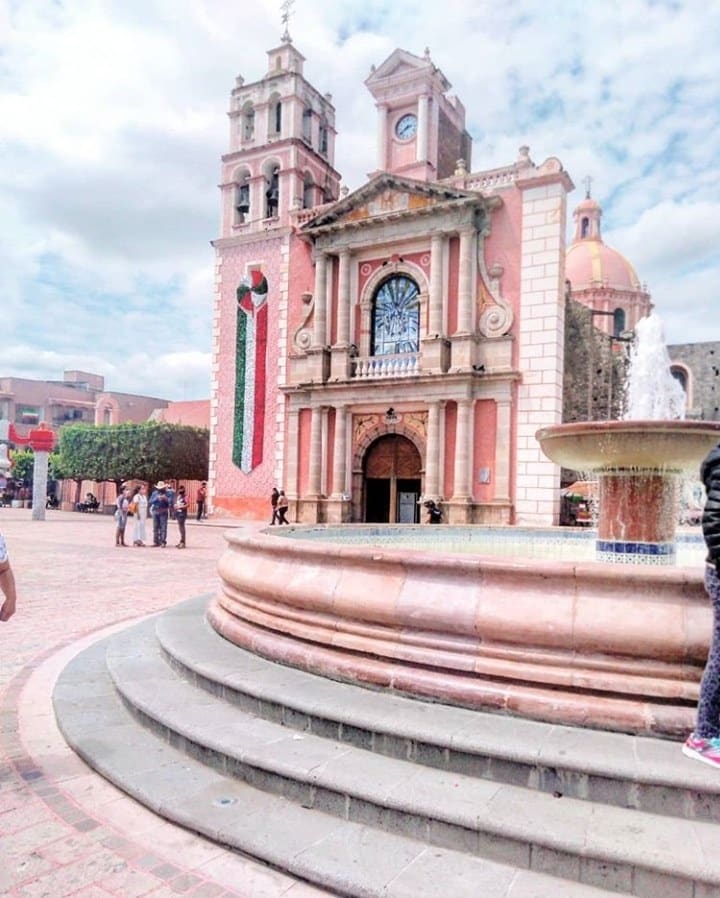
Central America Mexico
Tequisquiapan
I would have loved to take many more pictures, but my memory was insufficient, one more reminder not to forget ...
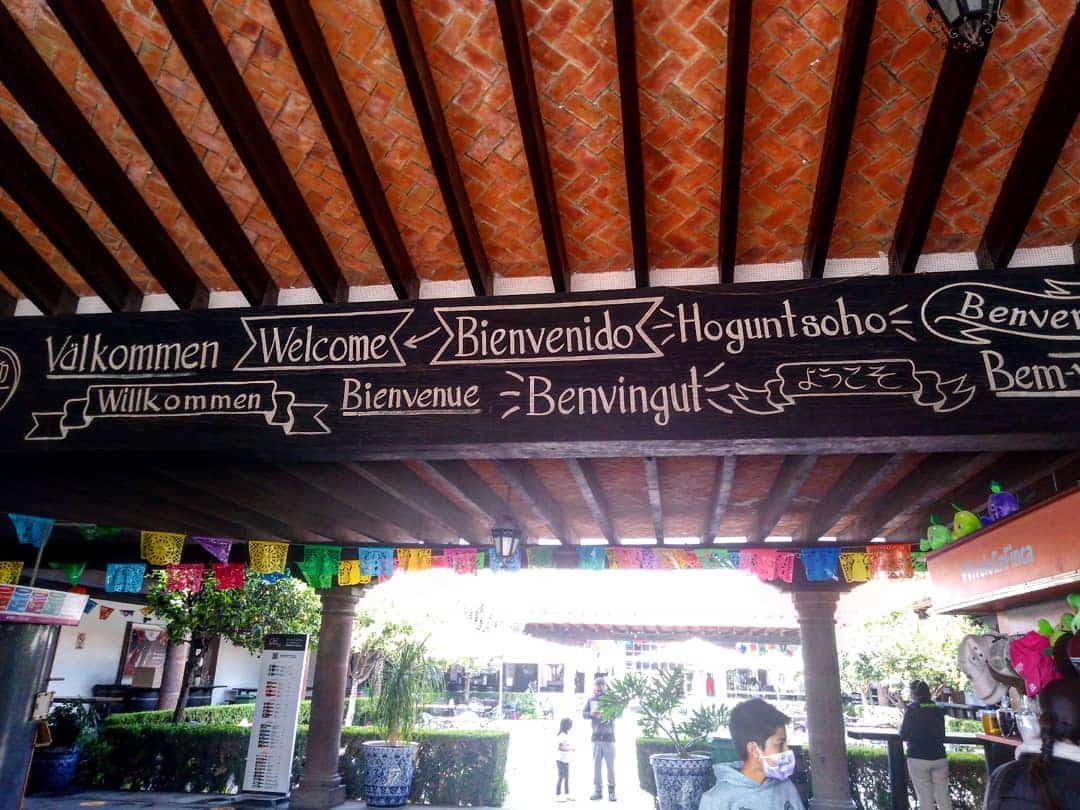
Central America Mexico
Finca Sala Vivé by Freixenet México
How do you like wine? 🍷🍾 A little history and important data: In the seventies, the Freixenet Group opted for ...
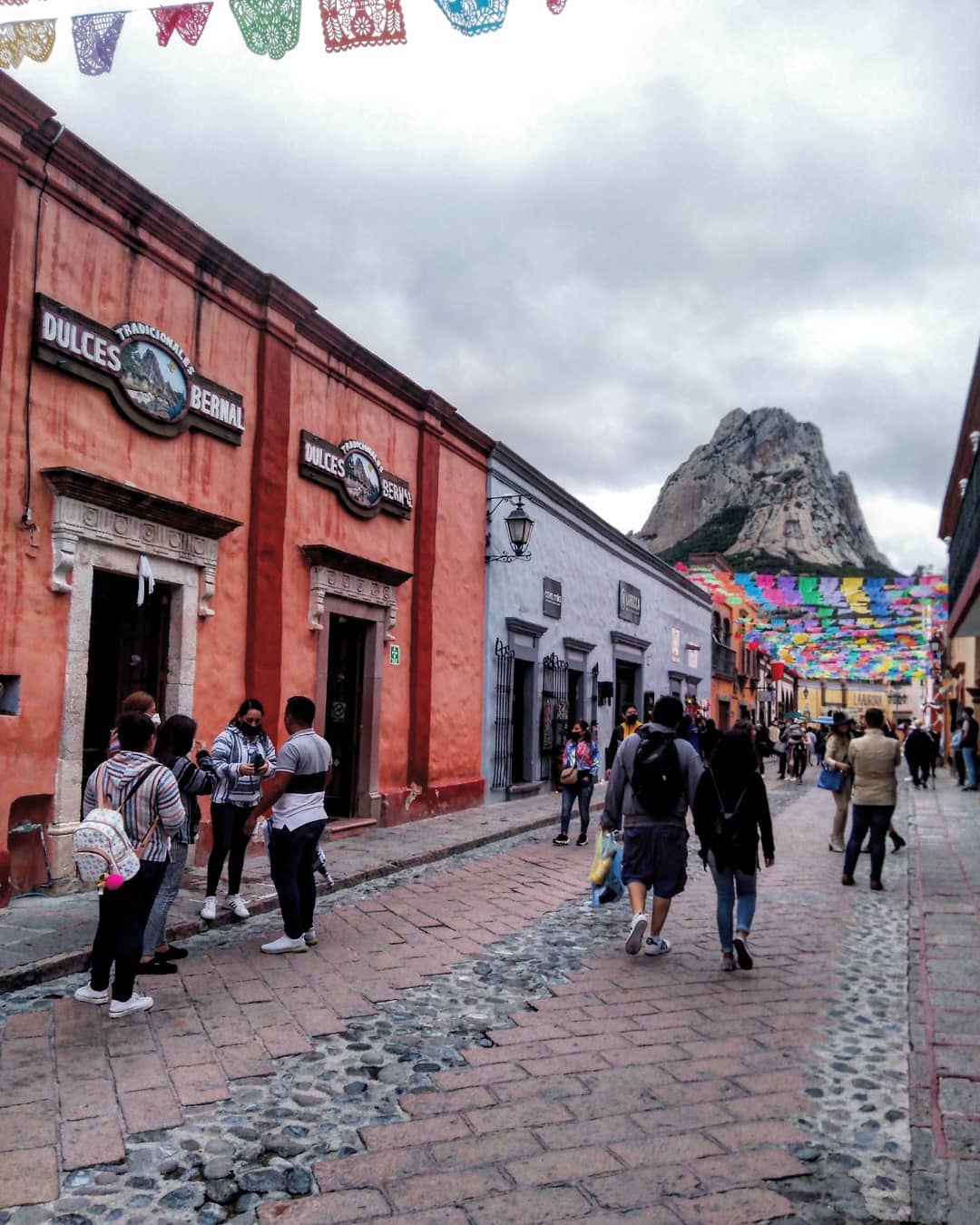
Central America Mexico
The third largest Monolith in the world
Peña de Bernal is considered one of the 13 wonders of Mexico, has taken full advantage of the view of ...
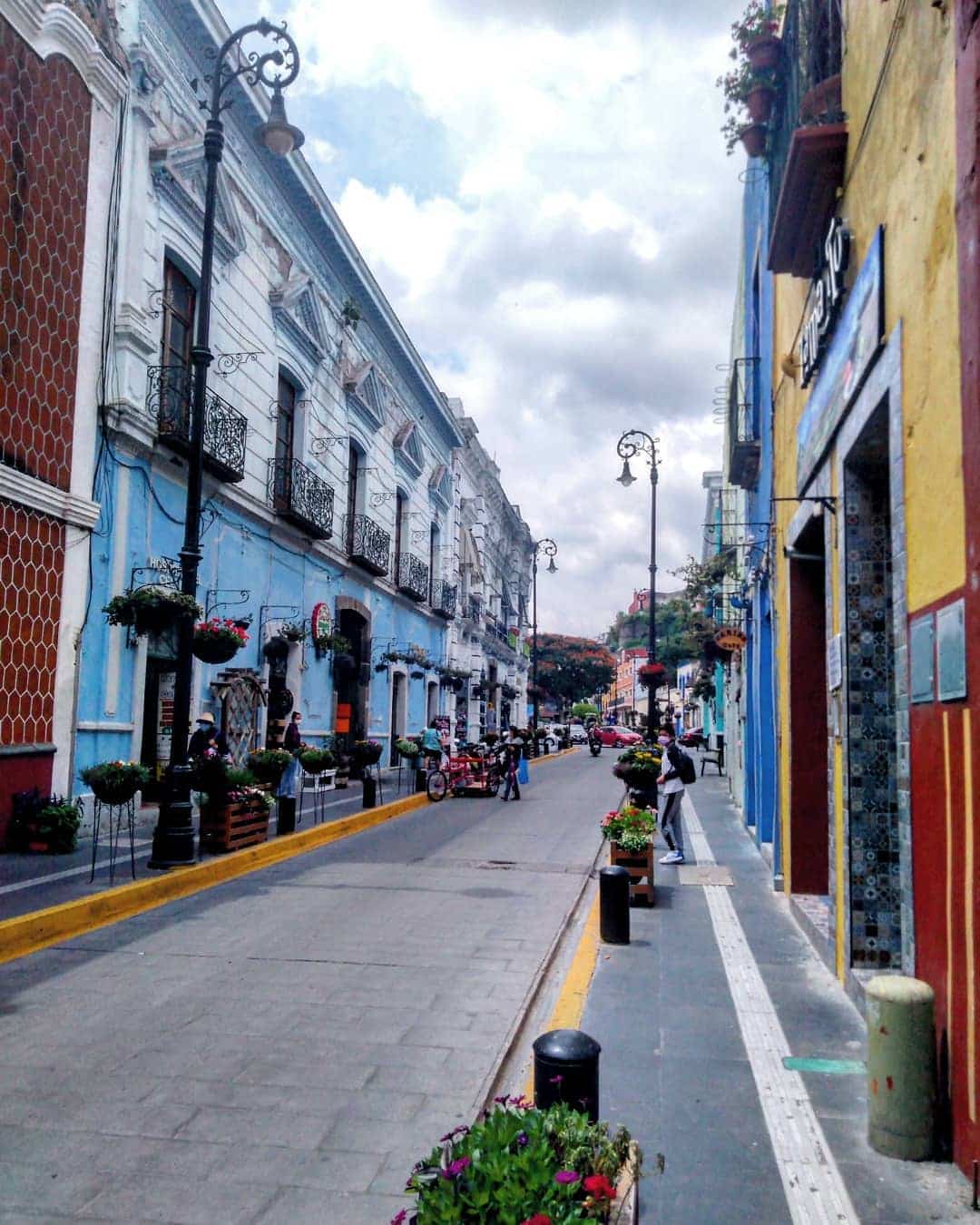
Central America Mexico
“Place of the water valley”
Magical Town In 2015 Atlixco was declared “Magical Town”. Atlixco is considered one of the most important magical towns of ...
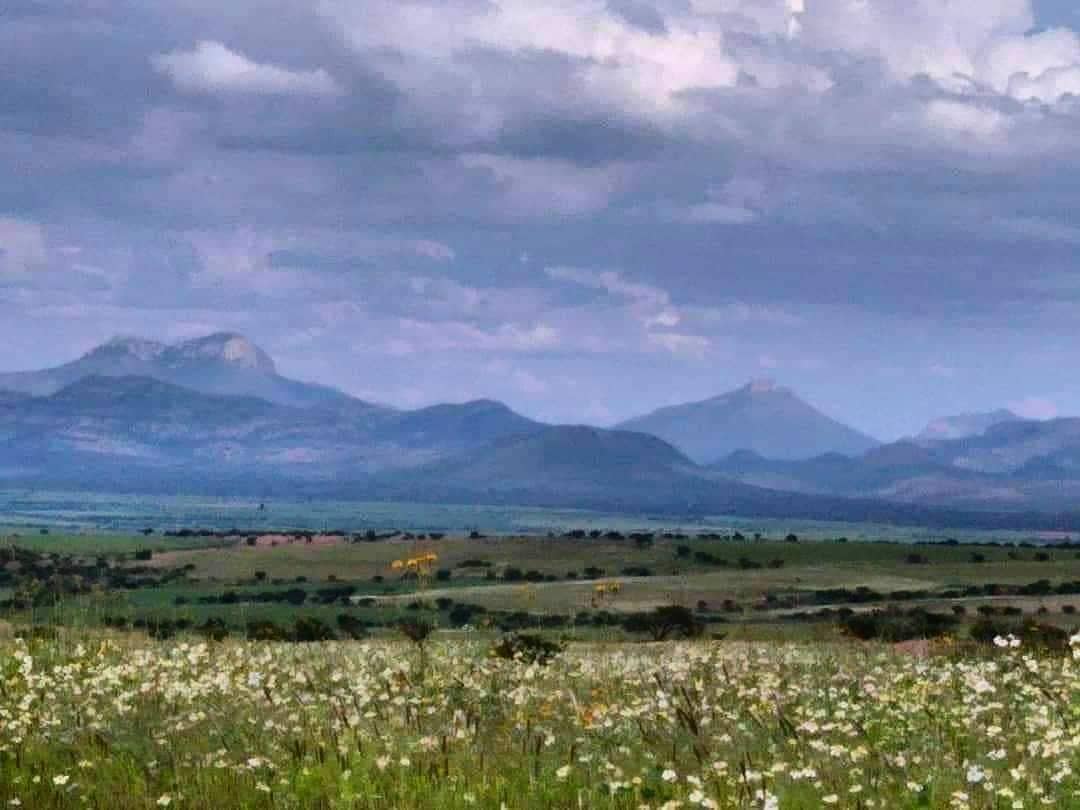
Central America Mexico
Sierra Madre Occidental
This journey was a desire of mine to enter the roads of the north of the country, to travel so ...
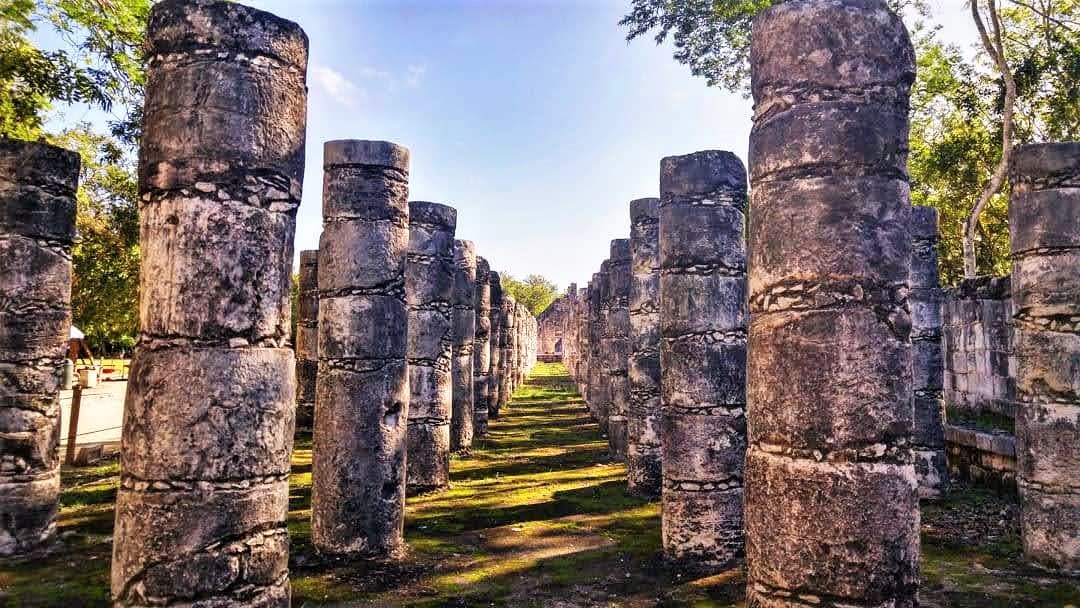
Central America Mexico
CHICHÉN ITZÁ: WORTH THE HYPE?
Given that it’s one of THE MOST popular sites to see in Mexico, Chichén Itzá can often get crowded with ...
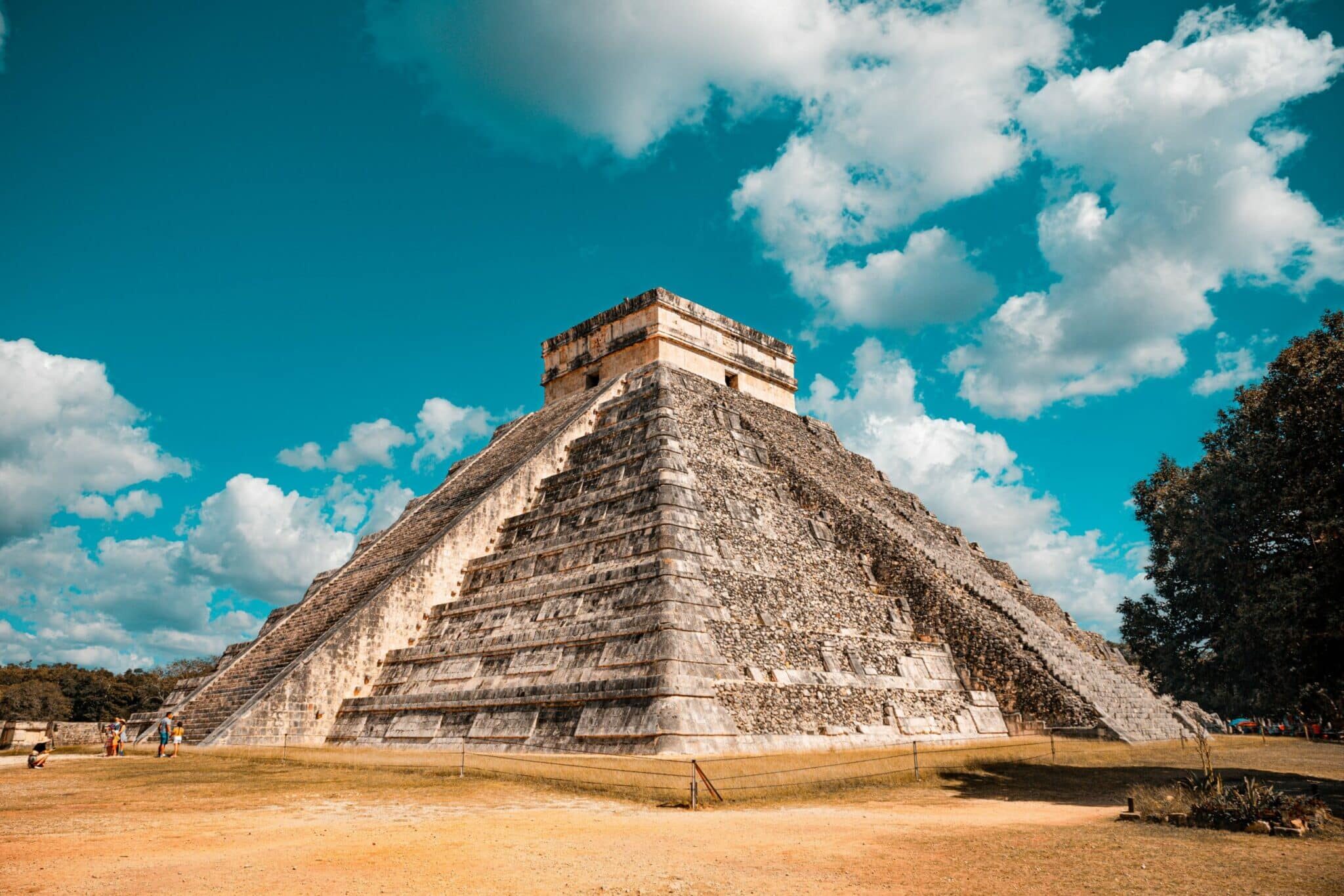
Central America Mexico Travel Tips
16 Must-Have Mexico Packing List Travel Gadgets For The Perfect Trip In 2021
A trip to Mexico is always a unique experience! 🙂 You are going to want to discover and explore so ...
